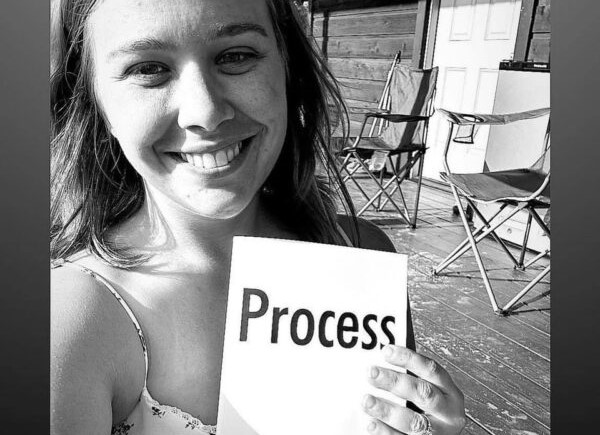1. Leverage Social Media Platforms
Create Social Media Posts
Break down the key points from your press release into bite-sized social media posts. Share these across all your platforms (Facebook, Twitter, Instagram, LinkedIn). Use eye-catching graphics and relevant hashtags to increase reach.
Live Streams and Stories
Go live on social media to discuss the news from your press release. Use Instagram and Facebook stories for quick, engaging updates. This real-time interaction can draw attention and foster a closer connection with your audience.
Pin Posts
Pin the most important announcement from your press release to the top of your social media profiles. This ensures it stays visible to new visitors.
2. Enhance Your Website and Blog
Dedicated Blog Post
Expand your press release into a detailed blog post. Provide additional insights, background stories, or personal anecdotes related to the news. This enriches the content and keeps your website updated.
Press Section
Create a press section on your website where you upload the full press release. Include high-quality images and any relevant media coverage. This serves as a resource for journalists and readers interested in your work.
SEO Optimization
Optimize the press release content on your website for search engines – use relevant keywords to improve your chances of appearing in search results related to your book and announcements.
3. Engage with Email Marketing
Newsletter Feature
Feature the press release in your email newsletter. Add a personal note to your subscribers explaining why this news is exciting and how it impacts them. Include a call-to-action encouraging them to share the news.
Email Signature
Include a link to the press release in your email signature. Every email you send can help spread the word.
4. Utilize Multimedia Channels
Video Announcements
Create a video announcement summarizing the press release. Share this video on YouTube, social media, and your website. Videos can capture attention more effectively than text alone.
Podcasts and Interviews
Discuss the news from your press release in any podcast appearances or interviews. This reinforces your announcement and reaches different audience segments.
5. Engage with Online Communities
Forums and Groups
Share the news in relevant online forums and groups, such as Goodreads, Reddit, or Facebook groups dedicated to reading and writing. Engage with the community by participating in discussions and answering questions.
Guest Posts
Write guest posts for other blogs or websites that cater to your target audience. Reference your press release and include a link to your website for more details.
6. Collaborate with Influencers
Influencer Partnerships
Partner with influencers in your genre to share news. Provide them with the press release and any additional materials they might need. Influencers can reach a large, engaged audience and lend credibility to your announcement.
Reviews and Giveaways
Offer copies of your book to influencers for reviews or giveaways. This can generate buzz and attract more attention to your press release.
7. Print and Local Media
Local Newspapers and Magazines
Submit your press release to local newspapers and magazines. Personalize your pitch to highlight the relevance of your news to the local community.
Community Bulletins
Submit your press release to community bulletins, local library newsletters, and other local print media. These often have dedicated sections for local author news.
8. Leverage Professional Networks
LinkedIn Articles
Publish an article on LinkedIn that expands on the press release. Highlight the professional aspects of your news, including your writing process, achievements, and future plans.
Industry Newsletters
Submit your press release to industry newsletters and publications. This can help you reach a more specialized audience interested in your genre.
Maximizing exposure as an author using an existing press release requires creativity and strategic thinking. By carefully utilizing your press release across multiple platforms, you can amplify your reach and make a lasting impact. Remember, the key is to keep your content engaging, consistent, and relevant to your audience. Happy promoting!







